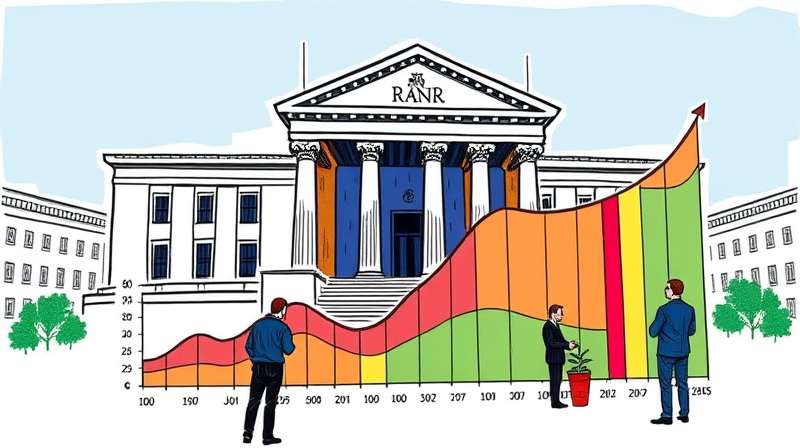
The latest retail sales figures have once again proven the sector's remarkable strength, as data revealed a surprise uptick that has economists, retailers, and consumers alike taking notice. Despite headwinds like inflationary pressures and ongoing store closures, the U.S. retail landscape has demonstrated robust consumer spending and adaptive strategies that are reshaping the shopping experience.
This article dives deep into the numbers, unpacks the key drivers behind the surprise beat, explores the evolving role of e-commerce and omnichannel models, and offers practical insights for stakeholders who want to stay ahead of the curve.
In March 2025, overall retail sales jumped 1.4% month-over-month, surpassing consensus forecasts of 1.3% and marking the strongest monthly gain since January 2023. This unexpected performance was largely fueled by a surge in specific subsectors:
Excluding autos, retail sales still rose a healthy 0.5% month-over-month, while the core measure used in GDP calculations (which strips out auto dealers, building materials, and gasoline) expanded by 0.4%.
On a quarterly basis, total retail sales in Q1 2025 reached $1,735.73 billion, up 1.0% from Q1 2024’s $1,717.43 billion, reflecting a 3.0% year-over-year gain. These figures point to sustained momentum even outside the holiday season’s artificial boost.
E-commerce continues to be a critical pillar of growth. In Q1 2025, online sales totaled $275.8 billion, marking a 6.1% year-over-year increase and representing 16.2% of all retail transactions. This data underscores the enduring shift towards digital channels while highlighting seasonal normalization—a 20.3% sequential drop from the holiday quarter.
Retailers are investing heavily in technology to bridge the gap between digital and physical storefronts. Strategies include:
Generational differences also shape channel preferences: Gen Z and Millennials favor convenience and personalization online but still value the tactile in-store experience. Understanding these nuances is crucial for brands aiming to capture a wider audience.
The retail real estate market paints a complex picture. Despite the closure of 7,000–8,000 stores in 2024, overall vacancy rates remain at a historic low of 4–5%, thanks in part to adaptive reuse of retail space and steady demand in high-traffic areas.
Neighborhood shopping center rents have soared to record levels—between $25.3 and $25.5 per square foot on a NNN basis—while investment volumes held firm at $57 billion and cap rates stabilized around 6–7%. This environment creates both challenges and opportunities for landlords and tenants as they negotiate leases and redesign spaces for modern retail concepts.
Retail sales serve as a vital barometer for the broader economy. The core retail metric’s 0.4% monthly gain in March suggests potential upward revisions to Q1 GDP estimates, signaling that consumers remain willing to spend even amid inflationary anxieties.
Looking forward, projections estimate total retail sales for 2025 to reach approximately $7.4 trillion, albeit with a modest 0.4% year-over-year growth rate. Long-term forecasts point to a sub-1% compound annual growth rate through 2030, bringing the sector to roughly $7.7 trillion by decade’s end.
Key risks include tariff-related cost pressures and continued rationalization of store footprints. On the flip side, ongoing wage growth and easing inflation could bolster purchasing power, while optimistic Gen Z and millennial spending sentiment drives demand for both digital and experiential offerings.
Understanding these dynamics can help policymakers and businesses calibrate expectations and strategies, ensuring that the retail sector remains a driver of economic growth.
In an environment defined by both opportunity and uncertainty, retailers can take proactive steps to navigate the evolving landscape:
By adopting these measures, retailers can align their operations with consumer expectations, capturing growth in both established and emerging segments.
In conclusion, the latest retail sales figures underscore the sector’s resilience and its capacity for innovation. As businesses adapt to changing consumer behaviors and market conditions, those who embrace data-driven decision-making, invest in technology, and maintain flexible real estate strategies are best positioned to thrive in an increasingly competitive environment.
References













